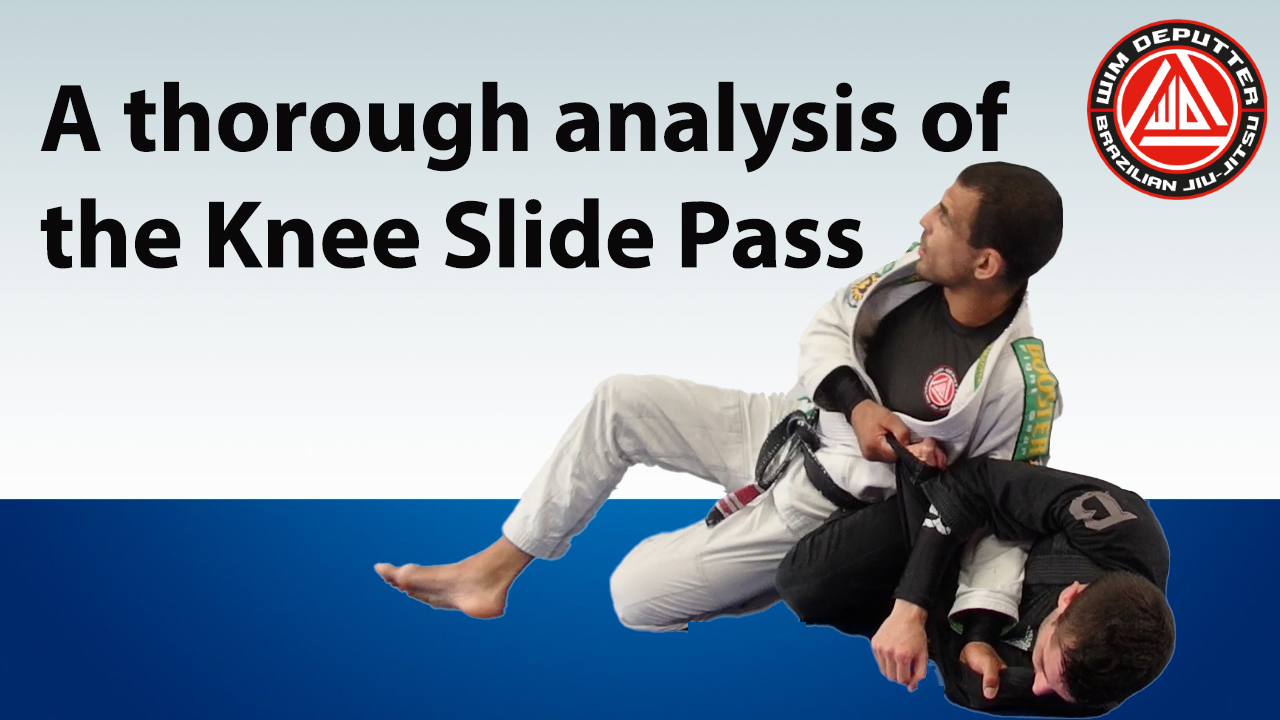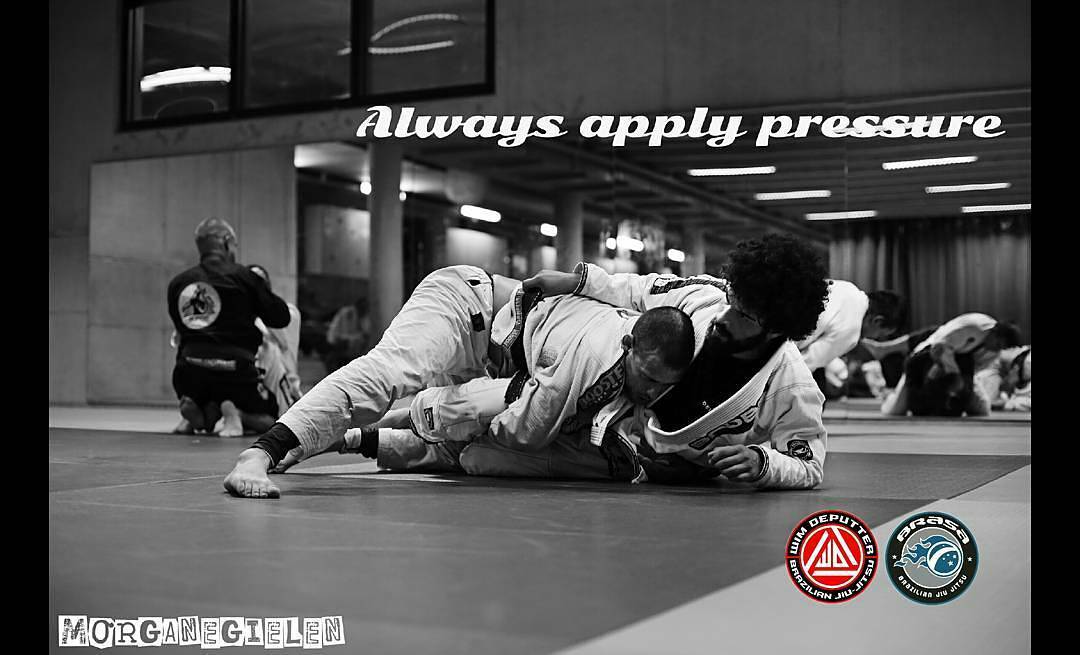“Give the opponent what he wants until he does not want it anymore”
Younger explosive players tend to favor an open guard and distance. Distance is crucial if they want to use their physical attributes to the maximum.
Spider guard is very often the initial open guard that gets used as an initial step towards a more favorable attachment.
The most common way to deal with spiderguard, is to to move away, bring the opponent’s feet to the floor, keep them pinned, make an angle and pass.
This is definately a good valid strategy.
However, spider guard is most often preferred by younger and faster players who tend to be more explosive than the older generation of grapplers.
The last thing I want to give a younger explosive opponent, is the space to move as that is when his physical attributes will shine the most.
My strategy is the opposite.
“Give the opponent what he wants, until he does not want it anymore”, is the pathway of minimal effort and maximum efficiency.
Whenever a foot is placed on my body as a frame, I want to give “a reason” to that foot.
I start to add more pressure to that foot.
This achieves a number of things:
1). The opponent will have to carry my weight, thus making him tired
2). Space is denied, the opponent can’t work
3). There are less options, thus less complexity. The game becomes slower and more predictable.
In order for the opponent to be able to work his game, he needs to create space.
He can achieve this by pushing, framing + walking away or bring you out of balance and move away as you recover the center.
When passing, you have to keep your weight forward (for pressure) and centered for balance.
Once the opponent gets tired, he will react by making an angle. The angle makes the frame of his feet and legs weak. Your constant forward pressure against the now weaker frames, allow you to progress your pass to the next line of defense (knees and arms), where you can repeat the same process again until you pass the opponent’s guard.
You can find an example of this process in action on the video below.

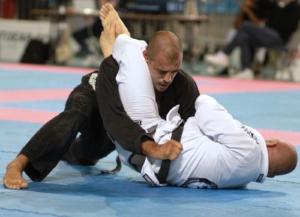
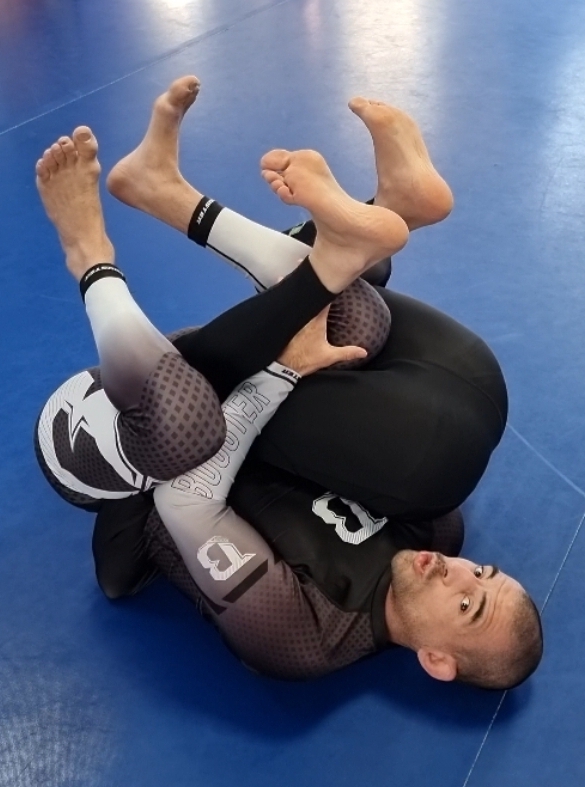

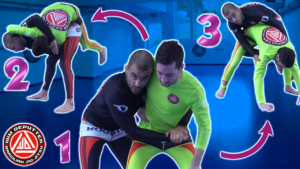
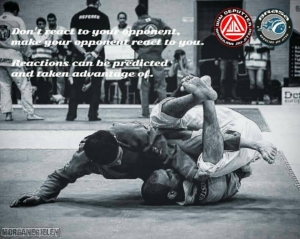 Wim Deputter VS Muuig Atlantuig. Photo by Morgane Gielen[/caption]
Wim Deputter VS Muuig Atlantuig. Photo by Morgane Gielen[/caption]
